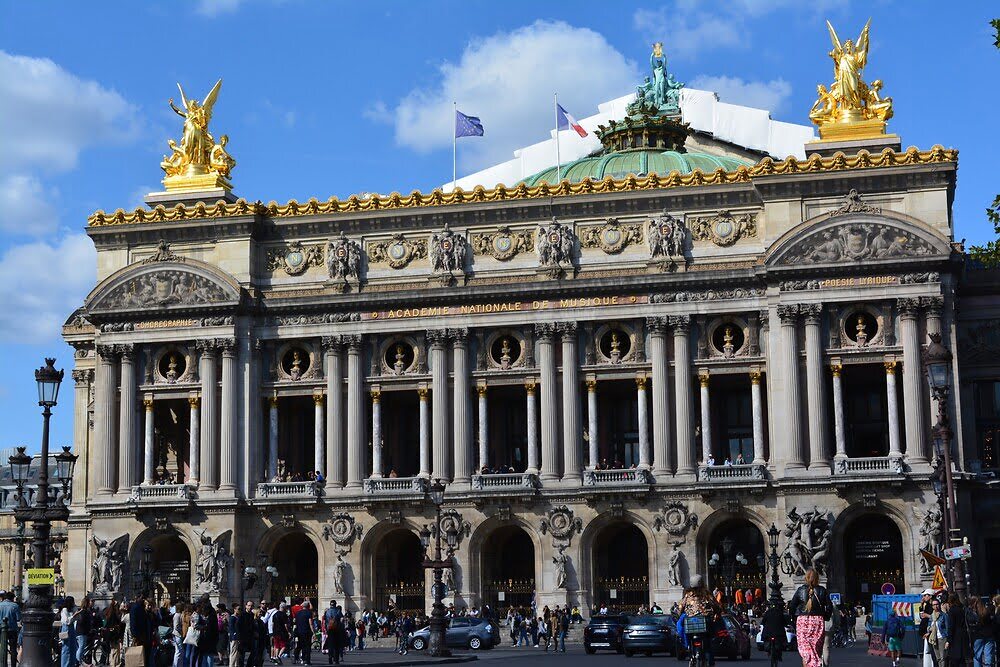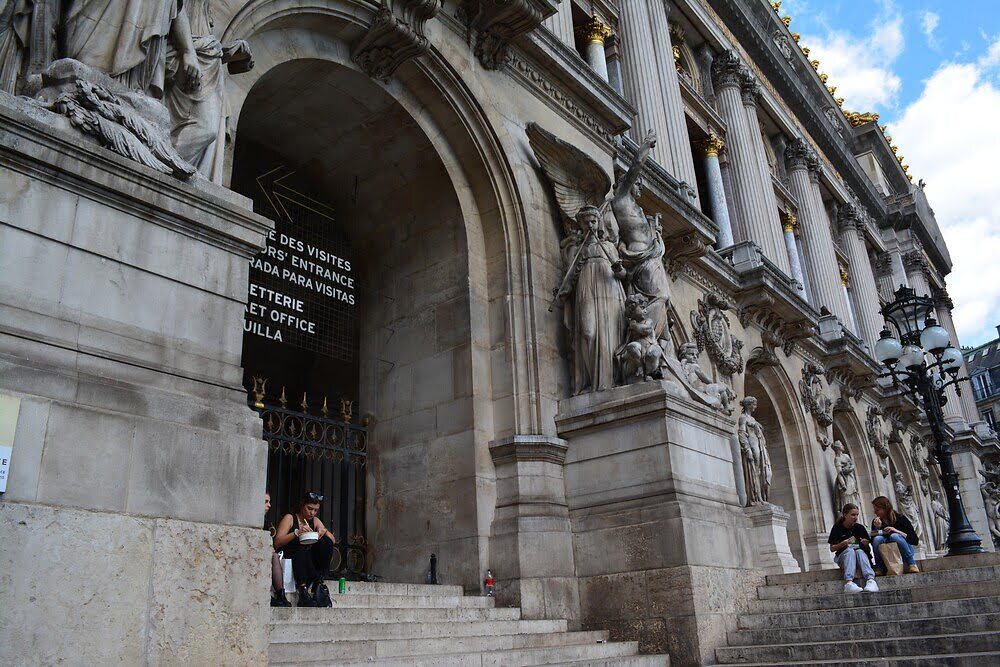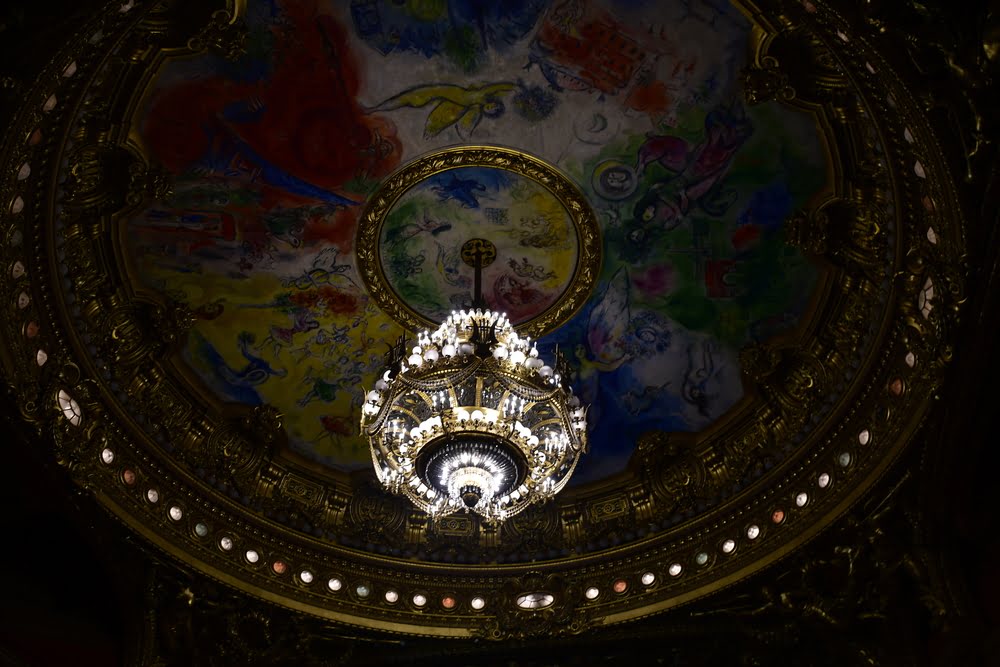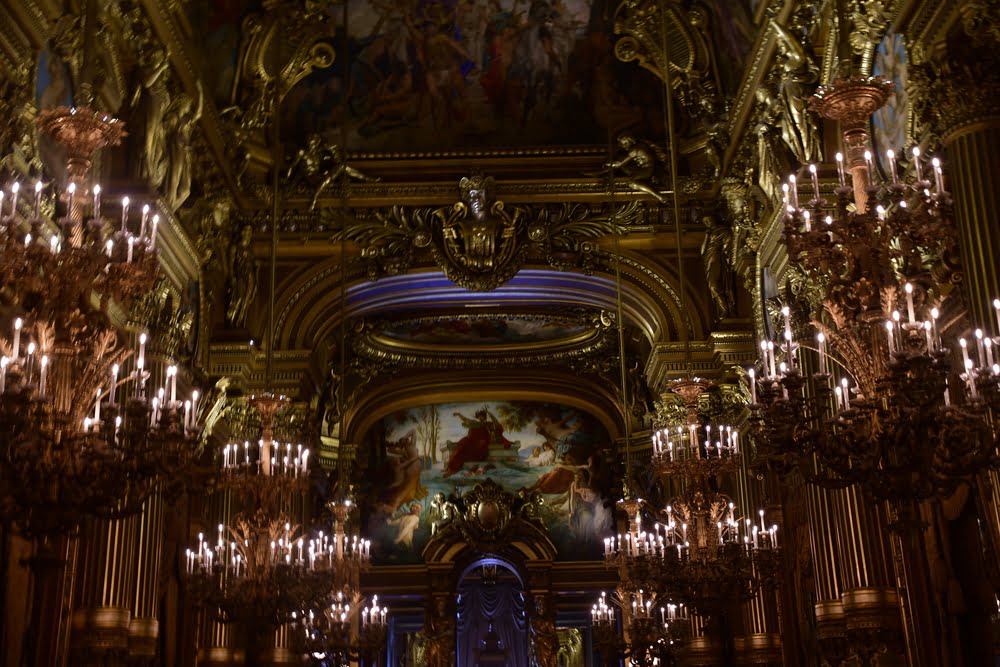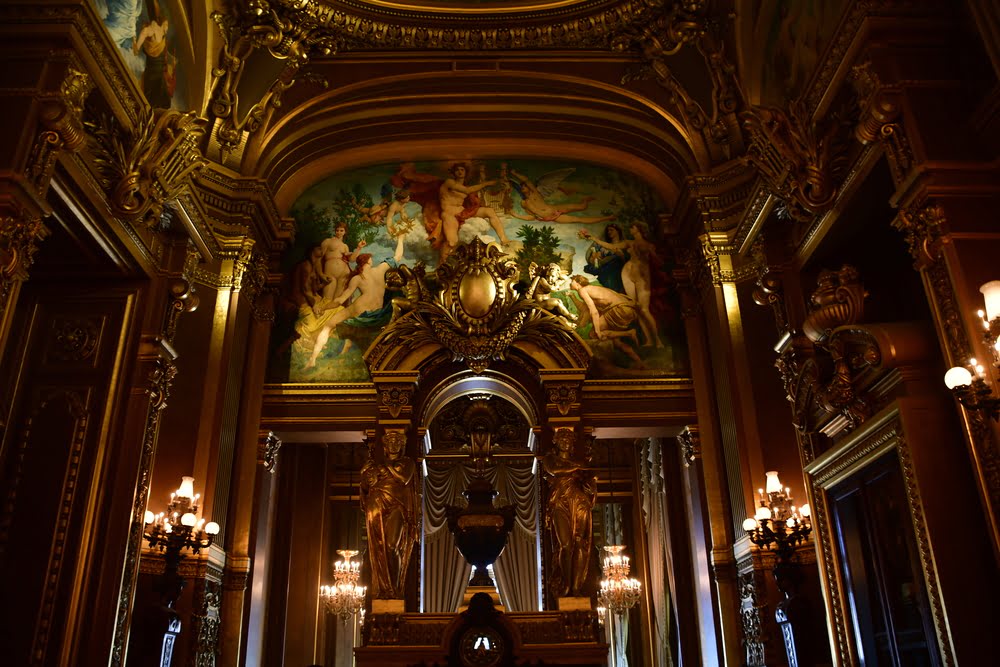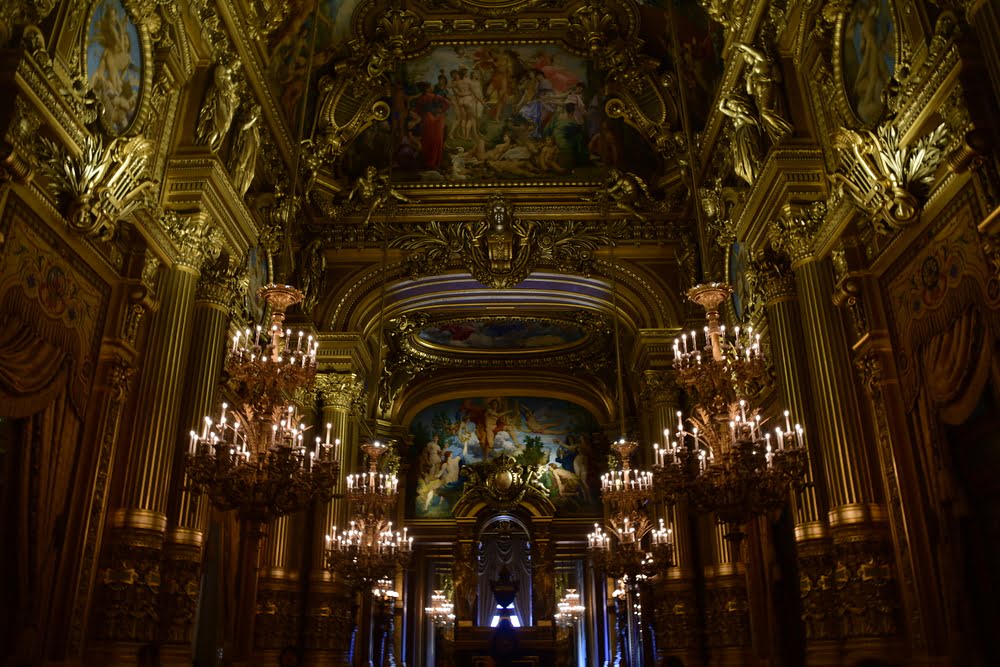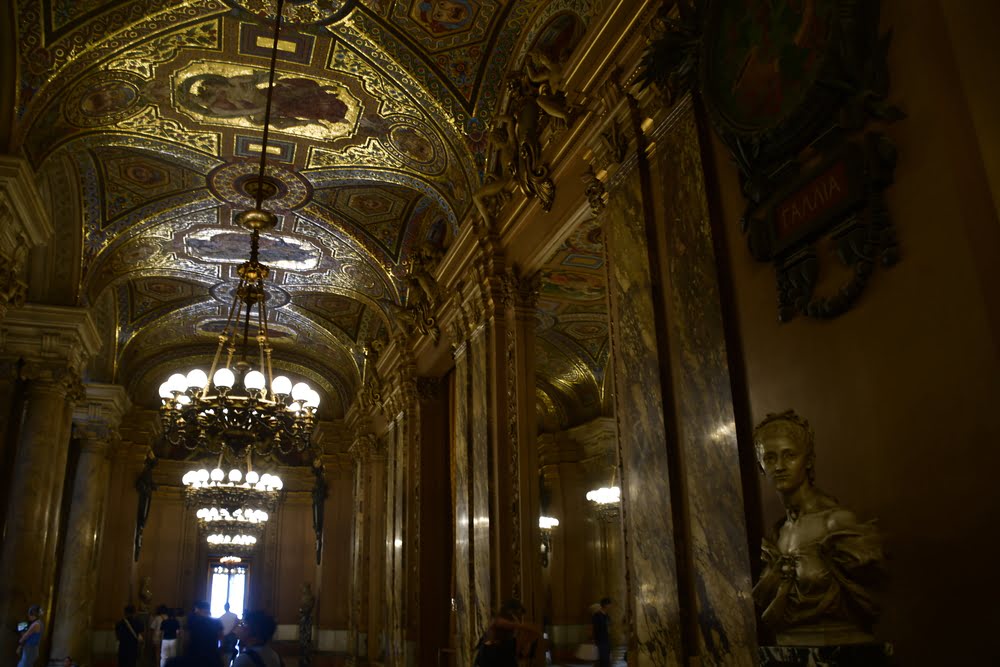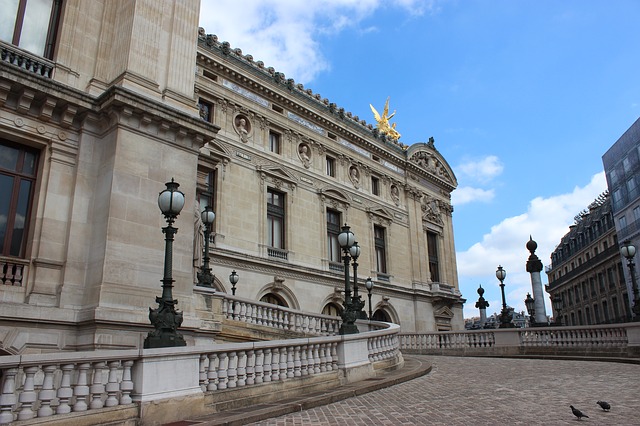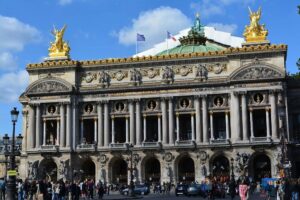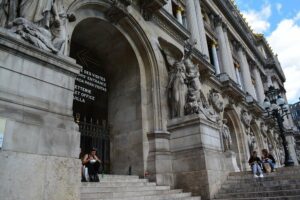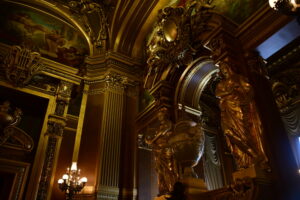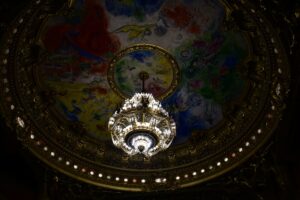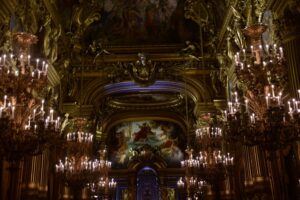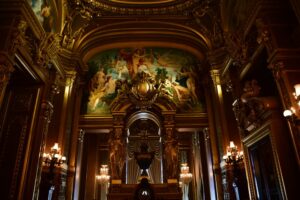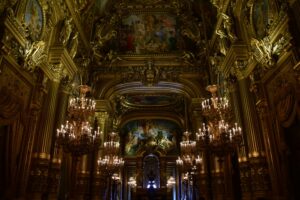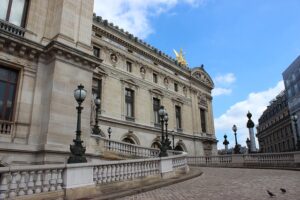- Paris Hotels
- Hotels by Category
- Hotels by Districts
- Champs Elysees Hotel
- Montmartre Hotel
- Saint Germain des Prés Hotel
- Montparnasse Hotel
- Porte de Versailles Hotel
- Republique – North Train Station Hotel
- Place de la Nation Hotel
- Latin Quarter Hotel
- Opera Garnier Hotel
- Marais – Bastille Hotel
- Gare de Lyon Hotel
- Gare Saint-Lazare Hotel
- Hotel Place d’Italie
- Other Hotels
- Hotels by Category
- Districts
- Paris map
- News
- Contact us
Garnier Opera
- Profile
- prev
- next
- prev
- next
-
Built in 1860 by the young architect Charles Garnier with his vision of a new opera, he designed the “Opera Garnier” in the style of the Second Empire.
History
Built in 1860 by the young architect Charles Garnier with his vision of a new opera, he designed the “Opera Garnier” in the style of the Second Empire. It was completed in 1875 in the early days of the Third Republic. It is the largest opera theatre in the world staging enough for 450 players.
It is of interest to note that the massive opera house was constructed above a subterranean river that still teeds an underground artificial lake to this day. The Phantom of the Opera, created by Gaston Leroux, is said to continue his sinister doings down below.
Design
The theatre is richly decorated. The grand escalier, the pompous staircase at the entrance, leads to the grand foyer, through which one proceeds to the floridly ornamented loges of the auditorium. A grand flight of ten steps leads up to the entrance hall with seven vaulted arcades separated by groups of sculpture. On the landing, the foyer opens on to a loggia with sixteen double columns flanking the french windows topped by busts of composers. Lastly a great carved pediment surmounted by two large bronze groups allows one to see the green roof of the low dome covering the great hall and the Apollo holding up his Iyre above the proscenium arch between the audience and the stage.
Interior as well as exterior, you can notice the play of white stone, marble of all colours and gilded bronze. This heightens the majesty of the proportions. The new ceiling frescoes of the Opera were conceived and painted in lively colors by Marc Chagall in 1964. Hanging in the center is an immense crystal chandelier weighing more than eight tons.The Opera
The Opera is a Music and Dance Academy and a place of enchantment and marvels, impregnated with the passions which have found expression. Famous composers and choreographers, instrumentalists, singers and dance stars, have given the best of themselves, reaching the sublime and sometimes reaching despair. Here the most spectacular intrigues of a romantic world were formed and dissolved, on the stage, in the stalls and boxes, and in the wings of this mythological palace.
Tickets for ballet performances at the Opera are hard to come by. However, if you are unable to obtain some, you must try to experience the gold and velvet ambiance of the building itself (the main entrance hall is open trom 11 a.m. to 4.30 p.m.).Location : Place de l’Opéra 75009 Paris
Phone : 01 71 25 24 23
How to get there :
- Metro line 3,7 or 8 : Opera
- RER A : Auber
Official website : https://www.operadeparis.fr
-
Place de l'Opéra, 75009, Paris, France
Nearby hotels
-
14 Rue Stanislas, 75006 Paris, France
-
32 Rue des Saints-Pères, 75007 Paris, France
-
21 Rue de Penthièvre, 75008 Paris, France

